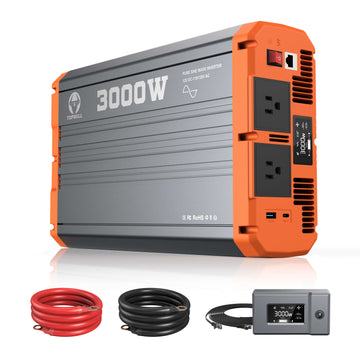The Volts to joules calculator simply enters the voltage (V), current (A) and time (s), clicks on the “Calculate” button and instantly produces the exact value of the electrical energy (J). Whether you are evaluating electricity consumption in your home or budgeting for energy consumption in a project, it's easy to use.
Volts to joules calculator
Energy (J): 0
Volts to joules formula
In electricity, electrical energy (usually measured in joules) can be calculated from voltage (volts), current (amperes), and time (seconds). However, direct conversion from volts to joules requires knowledge of the time it takes for the current to pass, because electrical energy (E) is the product of voltage (V), current (I), and time (t).
Example Calculations
Suppose there is a circuit with a voltage of 12 volts (V) and a current of 2 amperes (A), and this current lasts for 5 seconds (s). We can use the above equation to calculate the amount of power consumed in this process:
E(J) = 12V x 2A x 5s = 120J
Therefore, this circuit consumed 120 Joules of electrical energy in 5 seconds.
Volts to joules calculator in solar power systems
- System Design: When designing a solar power system, engineers may need to estimate the electrical energy output of the system under different conditions. By assuming an average current and operating time, they can use the volt to joule conversion to estimate the total electrical energy generated by the system.
- Performance Evaluation: When evaluating the performance of a solar power system, it is critical to know the electrical energy output of the system under different lighting conditions. By measuring voltage, current and operating time, the total electrical energy generated by the system can be calculated and compared to the design target.
- Cost-benefit Analysis: Before deciding to invest in a solar power system, investors need to understand the long-term payback of the system. By calculating the amount of electricity (in joules) the system produces over time and converting it to kilowatt-hours (kWh, a more common unit of electrical energy), the system's electrical output and potential cost savings can be estimated.






